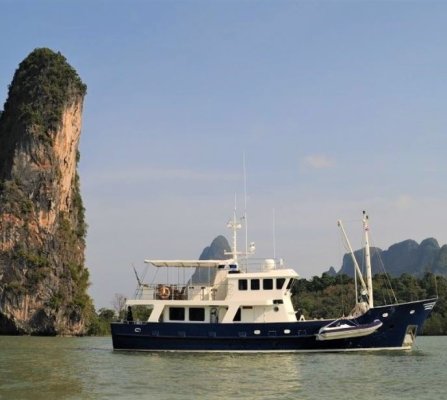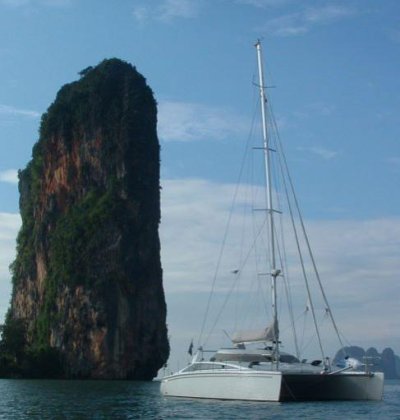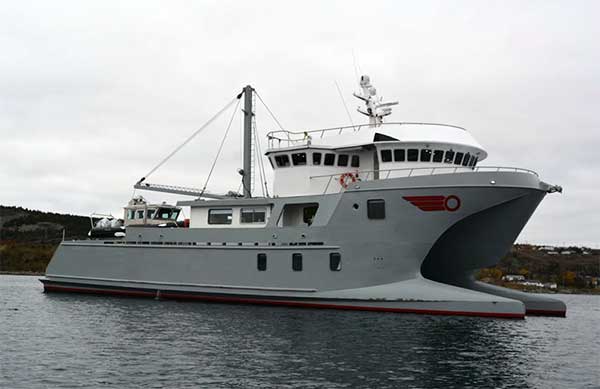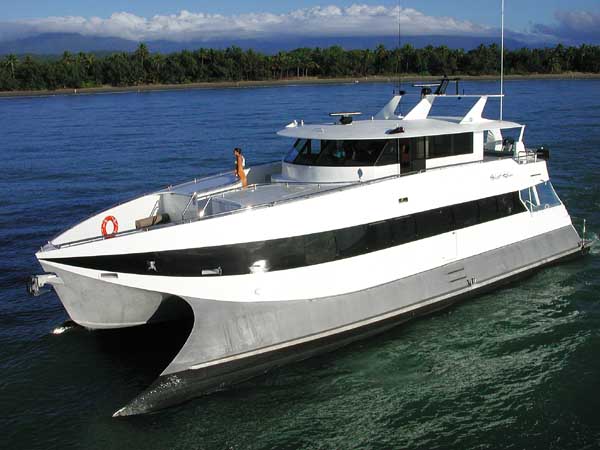Magneto
Veteran Member
- Joined
- Dec 24, 2019
- Messages
- 65
- Location
- United States
- Vessel Name
- MV Moondance
- Vessel Make
- Nordhavn 35#20
Well it looks like everyone else on the form has chimed in, so here is my two cents worth.
Given your requirements I would recommend a "NEW" Nordhavn N68 aft-pilot house. N6834 is still available and is at the factory. About 90% completed so you would be looking at 6 months for delivery. You could spec the interior décor and other fitting out items such as electronics and rigging.
If you were to call Nordhavn at the Dana Point office I am sure they would spend as much time as needed to answer all of your questions.
I would recommend delivery at Dana Point. You could then head off to Hawaii or Panama depending on weather you wanted to head East or West.
Thank you for this but the reason I am looking 3 years out is I can't access my retirement money until then. So I am in the planning stage. We will board and inspect boats at boat shows and private showings before then. Also I mentioned we are scheduling Caribbean charters. I hope to have a lot of captain training cruses and charters before then as well. Preferably on these boats.






